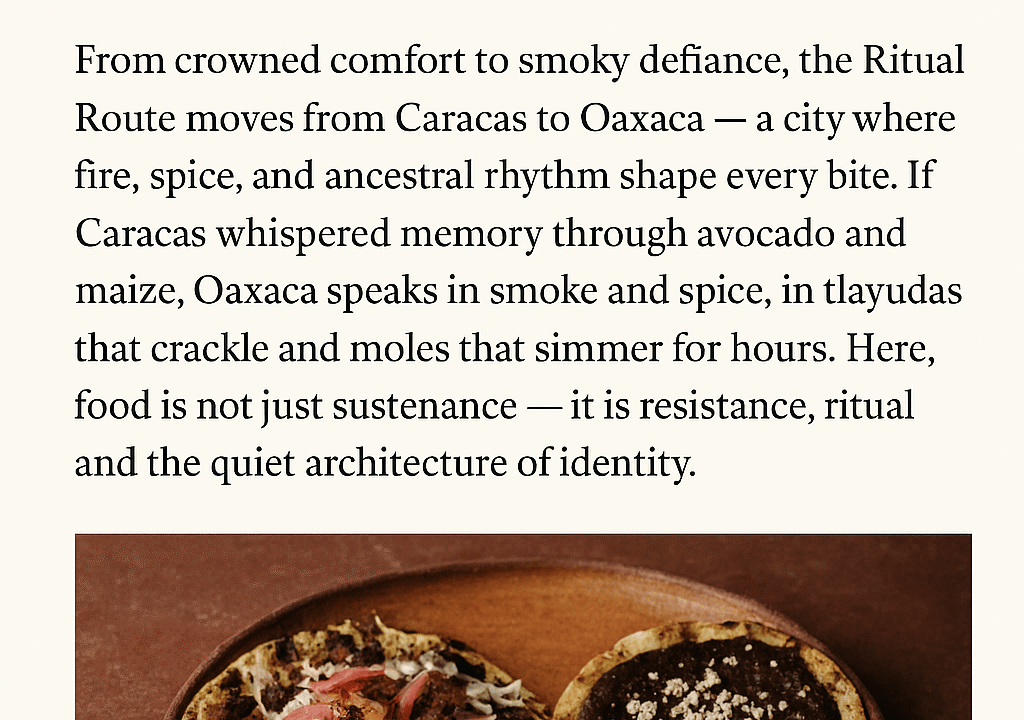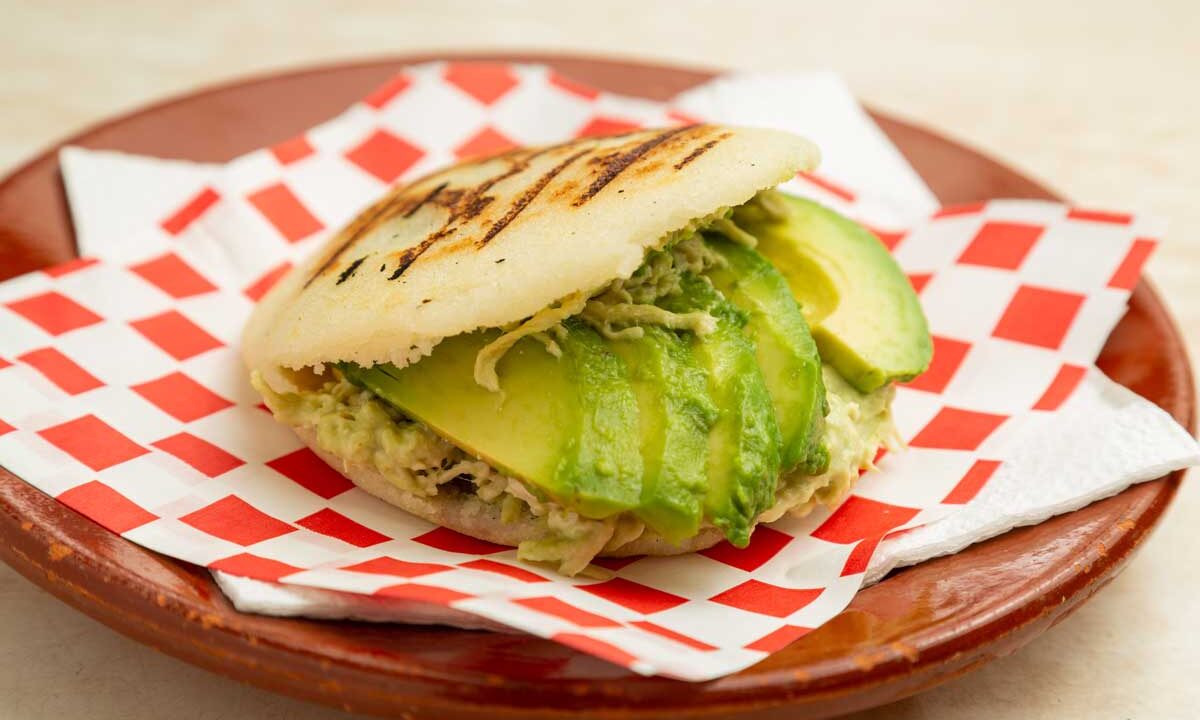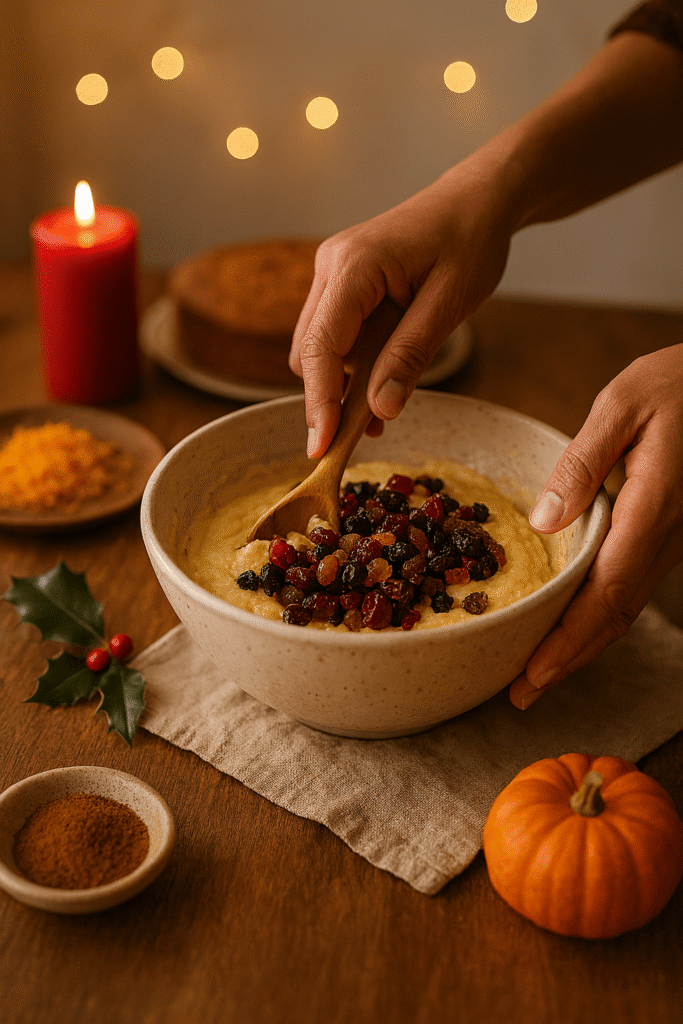Cyprus is an island in the Eastern Mediterranean Sea, off the coasts of Syria and Turkey. Cypriot cuisine is closely related to Greek and Turkish cuisine and is highly influenced by Byzantine, French, Italian, Catalan and Middle Eastern cuisines. Halloumi cheese- has been around for many centuries and the name Halloumi is automatically associated with Cyprus.

Halloumi cheese originated in Cyprus and was initially made during the medieval Byzantine period. Halloumi is commonly served sliced, fresh or grilled, as an appetizer. Halloumi is the national cheese of Cyprus a semi-hard unripened brined cheese (similar in texture to mozzarella) made from a mixture of goat’s and sheep’s milk and sometimes also cow’s milk or a combination. It is also popular in Greece, the Middle East and is now made all over the world.
The cheese is set with rennet and is very unusual in that no acid or acid-producing bacteria are used in its preparation. Thus Halloumi is also unique in having a high melting point and so can easily be fried or grilled.
Cypriots like eating Halloumi with watermelon in the warm months and also with slices of smoked pork or lamb sausages. Halloumi is served with meze. In Israel it is sometimes fried in olive oil and served for breakfast as well as with meze and as well as with fish. Mint is a very important herb in Cypriot cuisine as it grows abundantly and the locals use it for everything. Halloumi is often garnished with mint in Cyprus to add to the taste. Traditionally the mint in Cyprus was used as a preservative. This practice came about when it was considered that Halloumi kept better and was fresher and more flavourful when wrapped with mint leaves. In accordance with this tradition, many packages of Halloumi contain fragments of mint leaves on the surface of the cheese.
Although Halloumi is made worldwide and is of rather disputed origin due to the mixed cultures in the Levant and East Mediterranean, Halloumi is currently registered as a protected Cypriot product within the US but not in the EU. The delay in registering the name Halloumi with the EU has been largely due to a conflict between dairy producers and sheep and goat farmers as to whether registered Halloumi will contain cow’s milk or not and if so, at what ratios of sheep to goat’s milk.
Traditional artisanal Halloumi is made from unpasteurized sheep and goat’s milk. Many Cypriots also enjoy Halloumi, which has been aged or matured; it is much drier, much stronger and much saltier. It is easy to find this traditional product in Greek, Cypriot, or Turkish shops in most countries outside of Cyprus. It is preserved in its own brine and this traditional Halloumi is very different from the milder Halloumi that most Western chefs use as well as what is available here in our gourmet supermarkets. But like most aged cheeses, this too is an acquired taste and regular packaged Halloumi off the supermarket shelves is good for using in salads or grilling with kebabs and as an appetizer.
You may also like to read 3 Delicious Recipes with Halloumi Cheese











